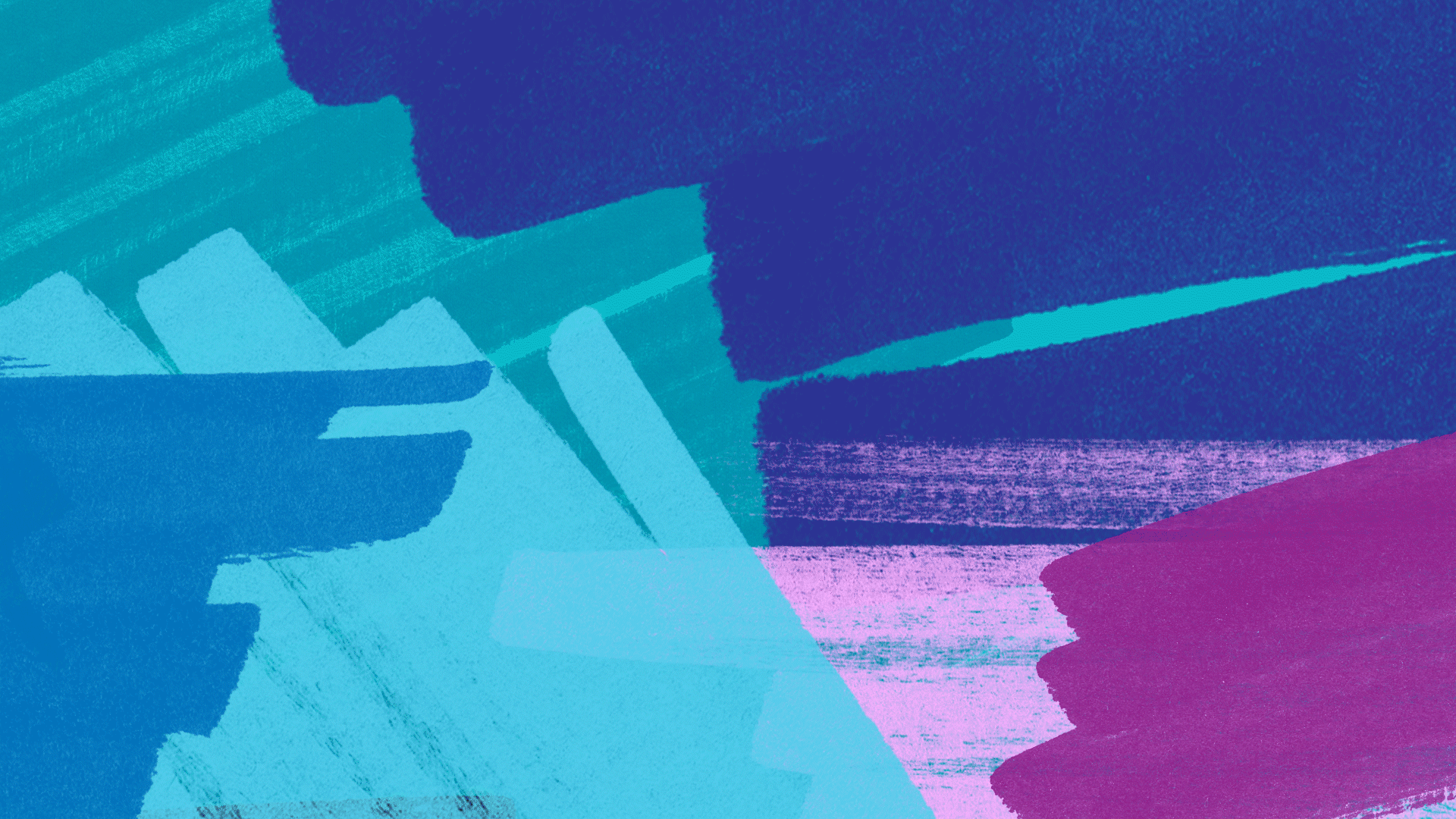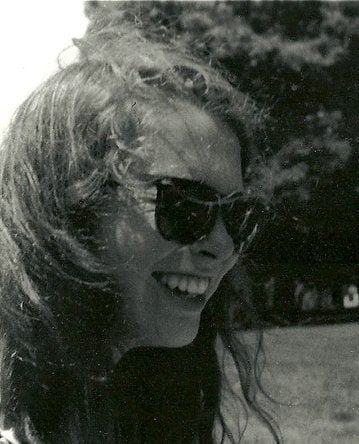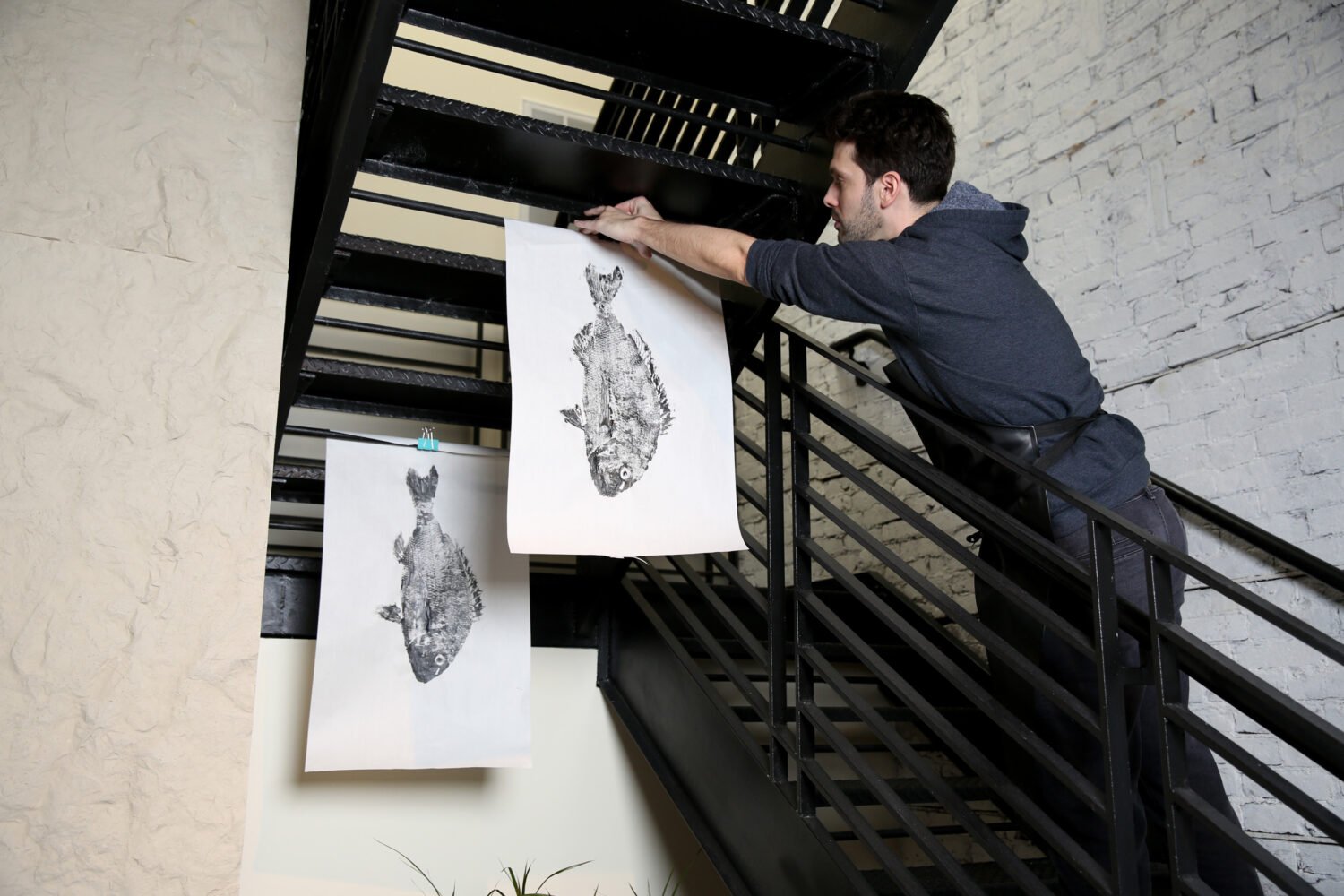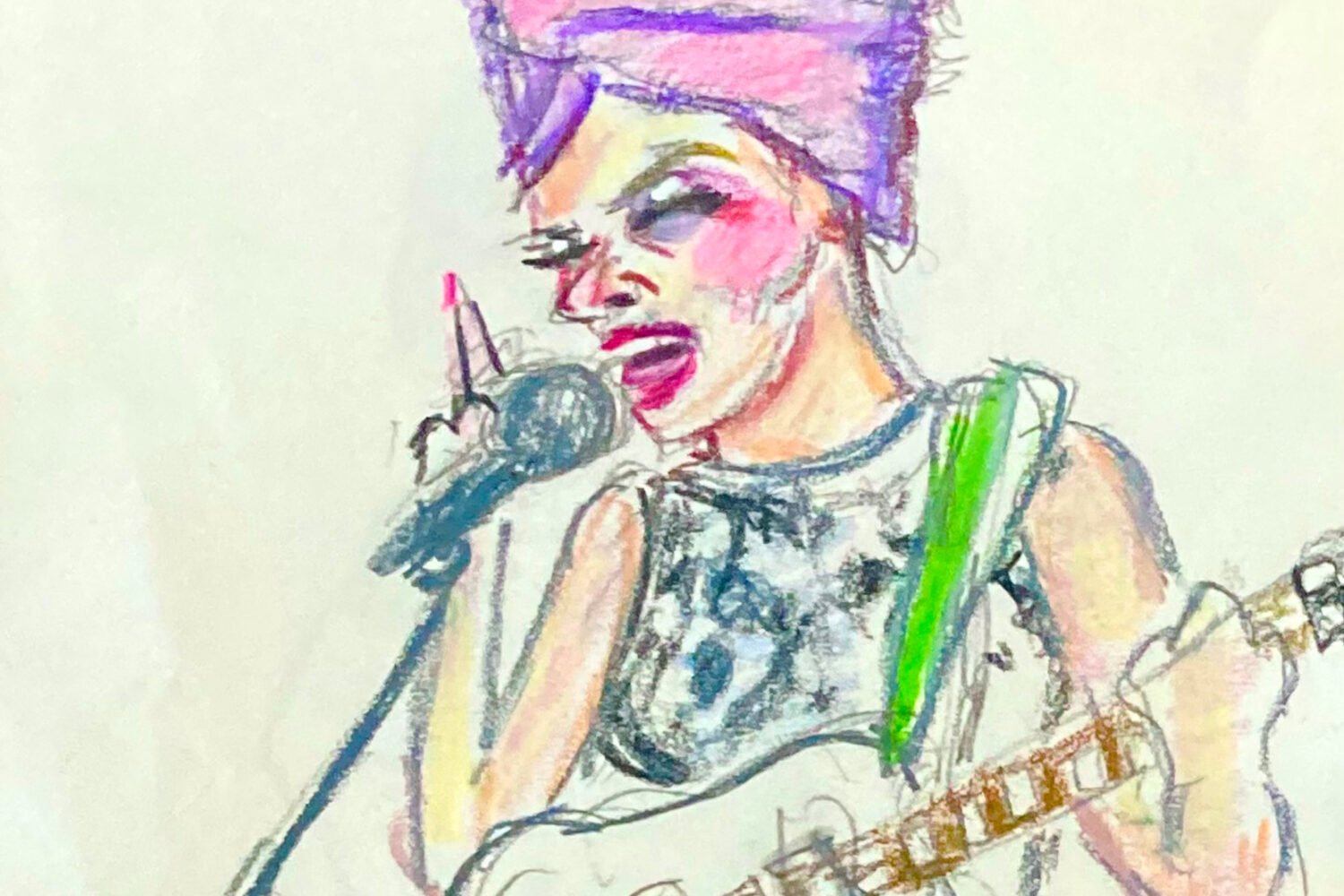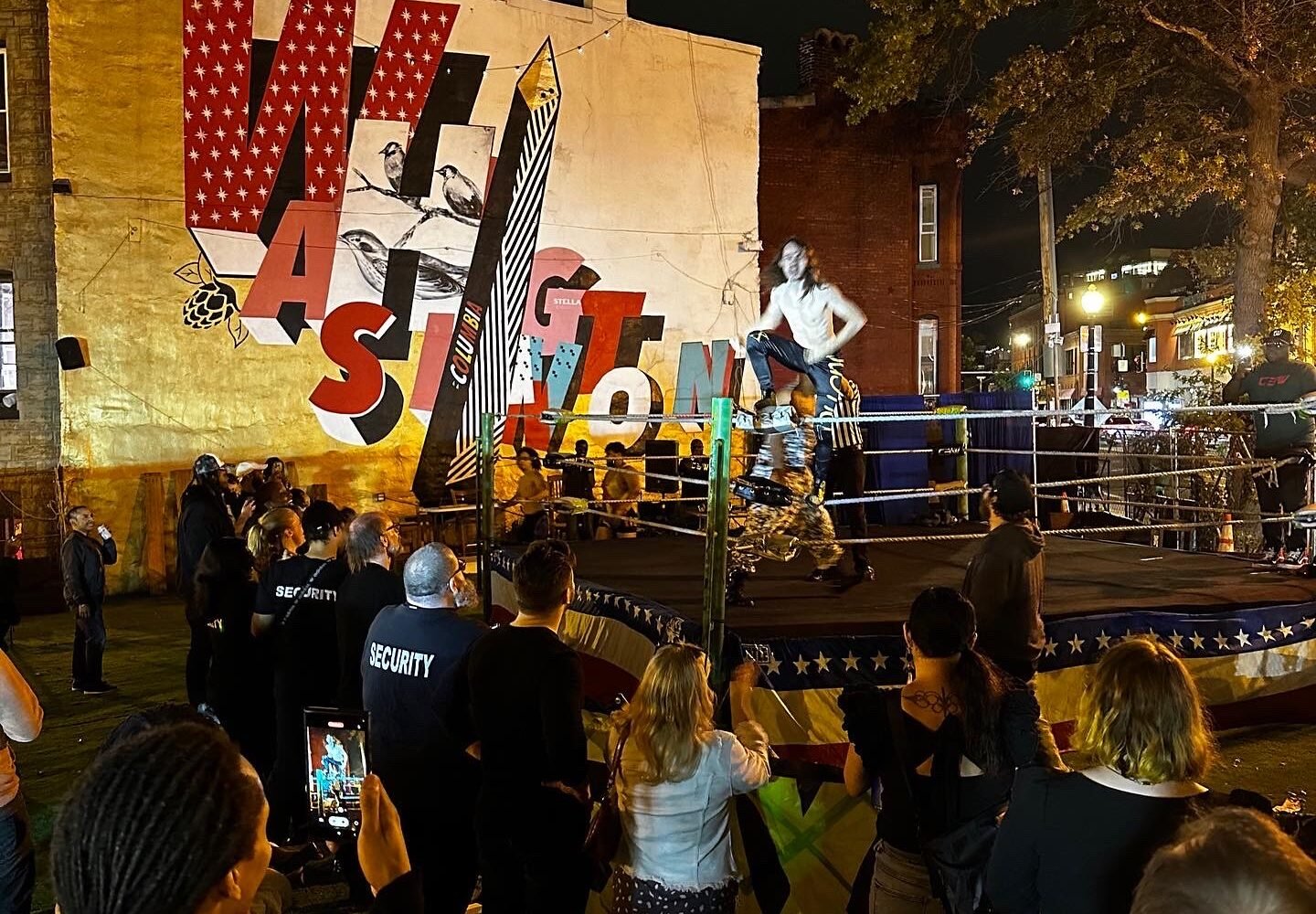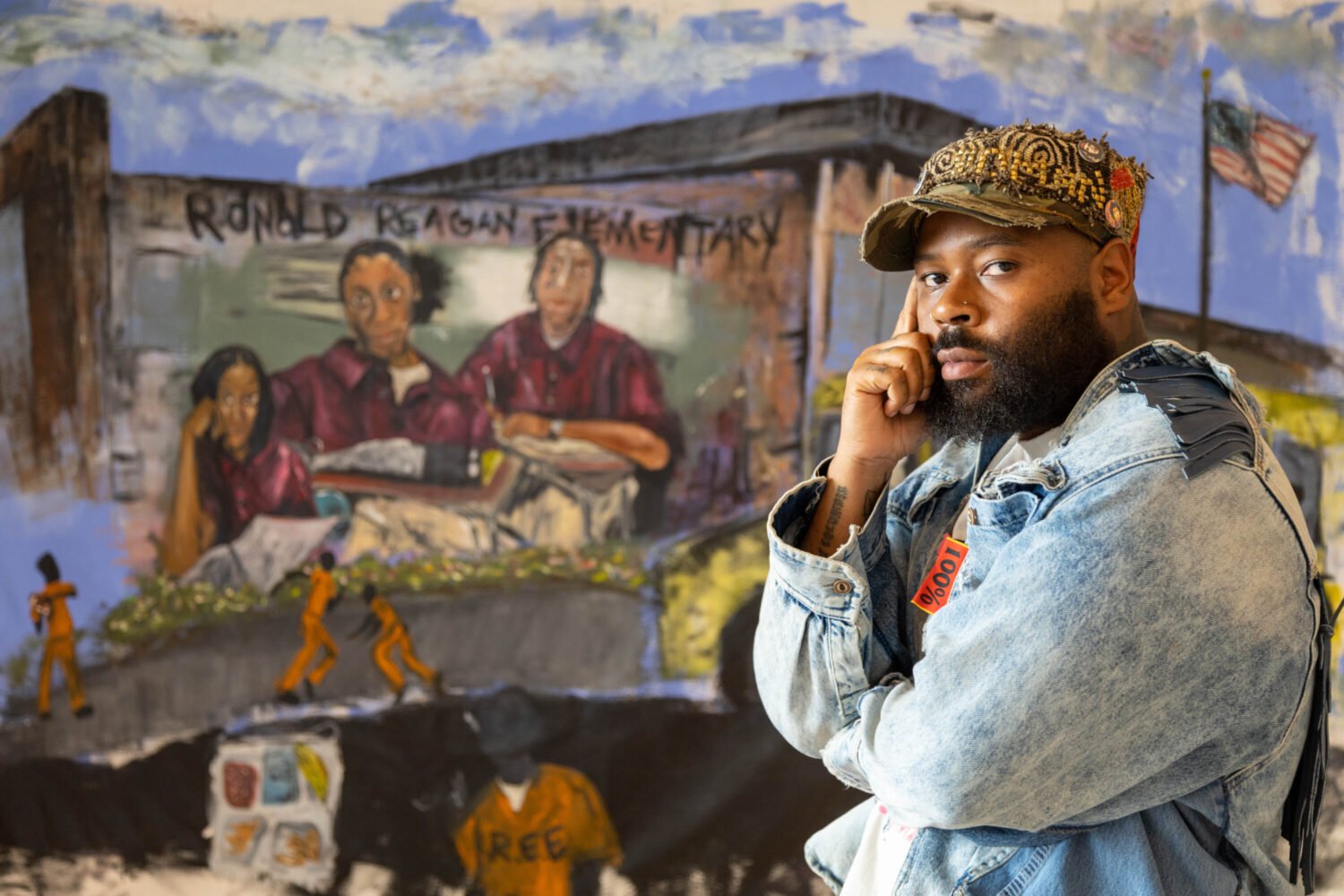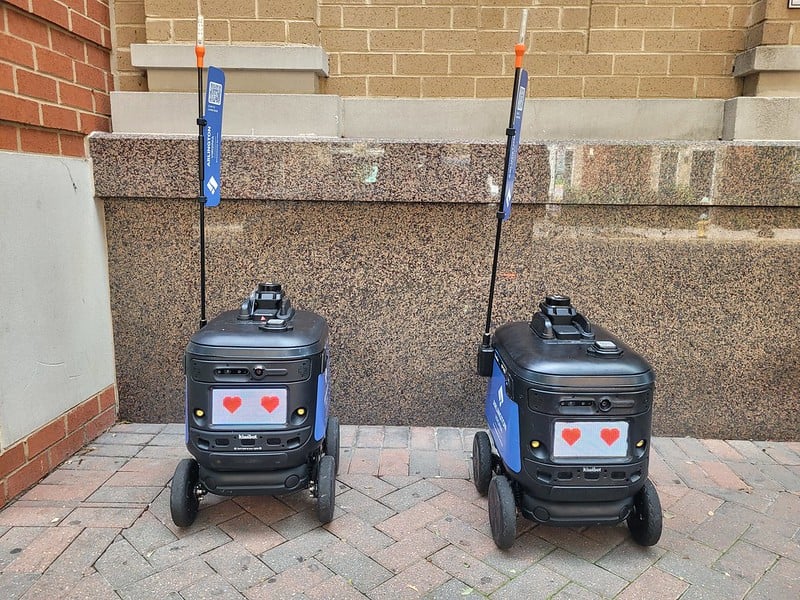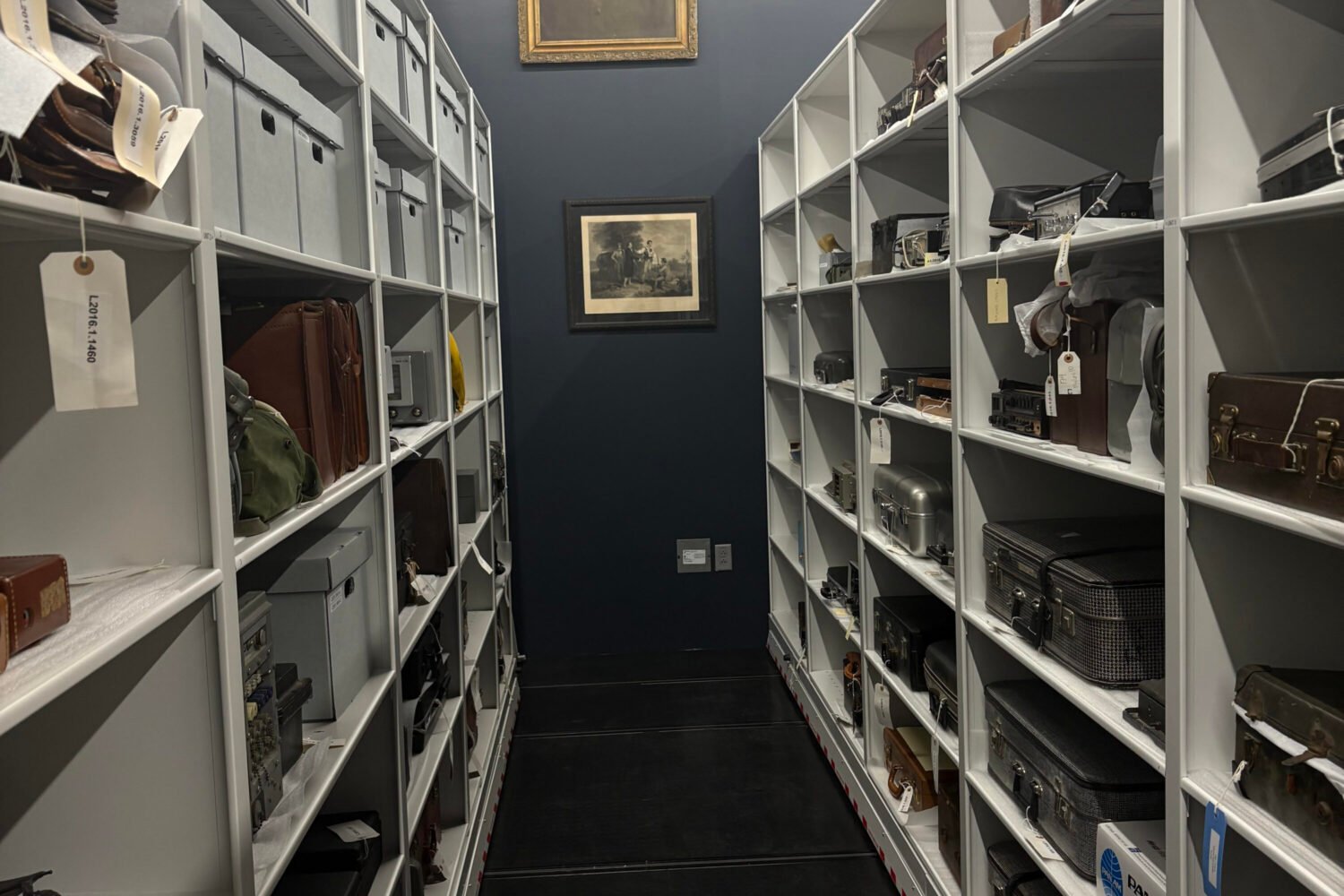This Is Me is a column in which we speak to Washingtonians who have a unique story to tell. Did you leave your job on the Hill to become a bartender? Did you used to work as an escort? Do you support yourself as a social influencer? We want to hear all of your stories—no matter what the subject or how kooky they may be. Email Mimi Montgomery at mmontgomery@washingtonian.com.
Name: Ali Ruffner
Age: 24
Where she lives: Eckington
On how she got into nude modeling…
“I started modeling when I went to college. I went to art school, and when I first got into my sculpture work, I had a professor that told me a really good way to learn is to be on the other end of it. I was also really strapped for money, so I went into it as an easy way to make cash.”
“It was all nude modeling to start. It’s really scary to get into because you have all these ideas about it. You think are people looking at me, you have questions about your body, those kinds of things. But it was really, really liberating. Honestly, it was one of the coolest things I could do for myself in terms of building a comfortability with myself and an understanding of my own body. People were always really respectful, but that first intro can be really scary. Now I feel like a seasoned vet, and I’ve done other open nude events like camping, hiking, or a big naked bike ride they do out of Philly.”
On how it works…
“I work out of a variety of studio spaces in DC. They’ll do clothed modeling for teens and nude figure modeling for the adult classes. I usually model about 30 hours a month, and I’m typically paid hourly—like $20 or $25 an hour, or I’ve had someone pay me a sitting fee for an amount of time. It can get surprisingly lucrative as a supplement. The most I ever made was when I did a private one—it was a two-day, and it was a $500-a-day rate. I’ve told people if they want quick money, that’s what I went into it for. Then you realize it’s a lot more involved than that.”
“That was the biggest wake-up call for me—how taxing it is on your body. It’s really difficult to hold poses for a long time, and I’m a fairly athletic person. I’ve done as long as a straight five-hour pose, and I’ve done sittings where it’s three days in a row of the same five-hour pose. Other times, we’ll do short draws, so it’ll be anywhere from 30 seconds to a minute. It’s a mind game with yourself at that point, whether it be you’re in a lot of pain, you’re trying to hold a pose muscle-wise, or you’re trying to occupy your mind for five hours without talking or moving. It’s really meditative, but also really labor-intensive.”
On learning to pose…
“When I started, I had a friend who was doing it, and we would practice together because I had no clue what to do. I also supplemented with yoga and pilates, which were really helpful because you learn about body [movement] in those classes. But I had also spent so much time in classes drawing that I knew what was difficult for the artist. Hands are a really big one. If people are moving their hands, it’s really difficult to capture. Face is another big one. They call it ‘model bored face,’ because if you’re standing there that long, you get incredibly bored. There will be periods of time that will go by, and I’m like wow, I’m glaring at everyone.”
“The hardest part is coming up with a pose where everyone in the room can see you and that is interesting from every angle. If there’s 20 people in the class, how can I pose so my front and my back and my side will end up with a good piece for that person? How do you encompass a movement into a still pose? When you’ve seen really well-done portraiture—I’m immediately thinking of Kehinde Wiley who did the Barack Obama portrait—it’s a still pose, but the artist captures what that person is thinking or feeling, and part of that is the model. So I’m thinking I’m feeling sad or I’m feeling happy, and then pairing it to a movement with my body and holding it.”
On feeling uncomfortable posing nude…
“I have a really strict no photography rule, because I do think images for art are really different from images for porn. I once traveled really far to meet with an artist, and I thought it was for [him to check out my] artwork. It turned out he was interested in me modeling for him [to take photos]. That was the most uncomfortable—you think you’re there for what you’re making, and really they want you for something else. I wasn’t interested in being in his photos.”
“I’ve never had anyone cross a boundary in class. There is that unspoken rule of people coming to the space with a lot of respect. One of the goals is desexualizing nudity and encouraging everyone to embrace nudity as normal, enjoyable, and part of the art world.”
“I have my own little safety plan in my head, though, if that ever happened: I would excuse myself from the class and talk to whomever was in charge. But I’m lucky that I haven’t had to do that.”
On other people’s reactions to her modeling…
“People definitely have mixed opinions on it. I’ve gotten a lot of criticism through dating or partners, which is always a little disappointing. I think a lot of times in relationships, people believe that their partner’s body is also theirs or they have some type of ownership or say over it, which I don’t believe in or subject myself to.”
“I don’t know how thrilled my mom would be about it, but we kind of just don’t talk about it. But most of the time, my friends will be like, wow, that’s so cool. I want to try that. I have some really cool and very supportive friends.”
On the significance of nudity…
“It feels really comfortable now because I think of it as a body. That is really important to me—nudity not being sexualized, so people aren’t viewing this as anything other than a way to study the figure to learn about the body. I’m always thinking about how to introduce female nudes into art without having that problem of the male gaze. So what are we doing when we’re introducing more nudity into art—is it helpful? Is it harmful?”
“And then there’s the body positivity aspect of it. I’m always trying to recruit different kinds of people to model, especially when we want to draw different skin tones, you want to paint different body types—everyone is welcome and it’s so comfortable. Building spaces where people can feel comfortable doing what they want to do, how they want to do it, with an emphasis on every kind of person regardless of gender identity or sexual expression—I view it as a space to heal. Whatever side of the classroom, you can really come to learn something about yourself.”
This interview has been edited and condensed.

